16 Classic Cars That Rocked Giant Wings

My uncle once showed up to a family barbecue in a 1970 Plymouth Superbird, and the backyard turned into an impromptu car show within five minutes.
Neighbors wandered over with beers in hand, jaws dropped at that absurdly tall rear wing, like it was part race car, part spaceship. Back in the day, big wings weren’t just for looks.
They were badges of honor, born in wind tunnels and bred for speed, making sure no one mistook style for subtlety.
1. 1969 Dodge Charger Daytona

Picture this: a car so aerodynamic, it could slice through the air like a hot knife through butter. The 1969 Dodge Charger Daytona was born for NASCAR glory with its elongated nose cone and towering rear wing.
Its bold design screamed speed and turned heads on the track and the streets. While it didn’t fly, its performance certainly did, achieving speeds that left competitors trailing.
Fun fact: It was the first NASCAR vehicle to break the 200 mph barrier! Talk about a winged warrior.
2. 1970 Plymouth Superbird
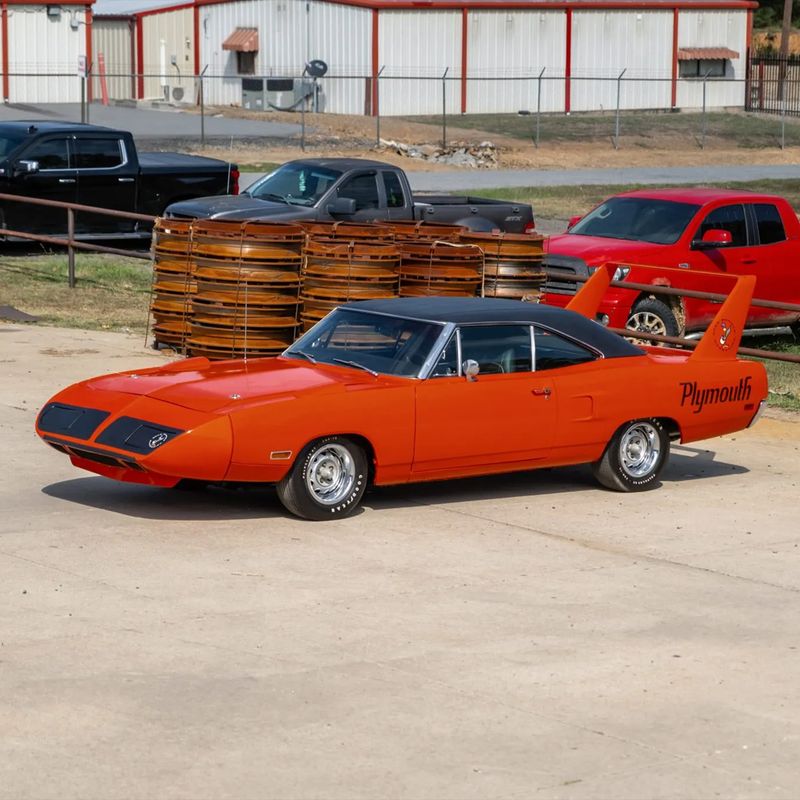
The Superbird didn’t just flirt with the absurd—it embraced it with a comically tall rear wing and aerodynamic nosecone that made it instantly unforgettable.
Built to dominate NASCAR, this winged warrior was more function than flash. Its wild looks helped it fly down the straights and around the ovals, but it also scared off everyday buyers.
Today, it’s one of the most coveted muscle cars of all time—a feathered legend that turned stock car racing into high-speed theater.
3. 1985 Ford RS200 Evolution
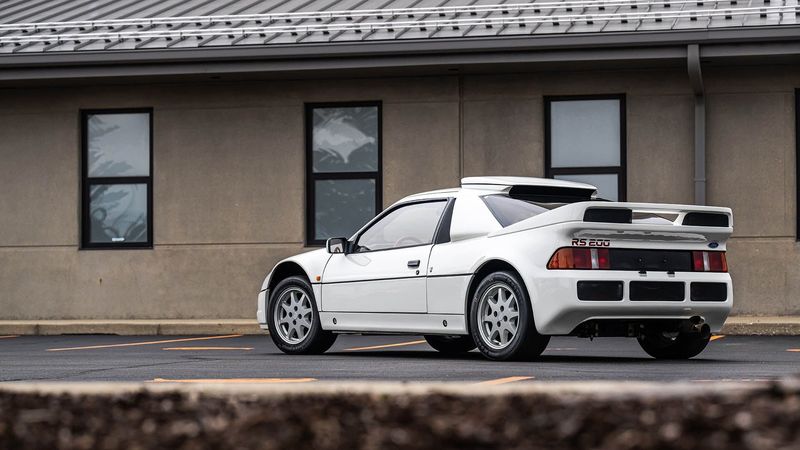
Ford’s rally monster, the RS200 Evolution, pushed limits in every direction—especially when it came to its rear wing.
This Group B terror was mid-engined, lightweight, and brimming with turbocharged fury. The oversized wing wasn’t just for looks; it helped tame the beast on loose gravel and snow at absurd speeds.
With fewer than 30 Evolutions ever built, this version of the RS200 became an icon of excess and engineering brilliance in equal measure.
4. 1987 Ford Sierra RS500 Cosworth (Group A)
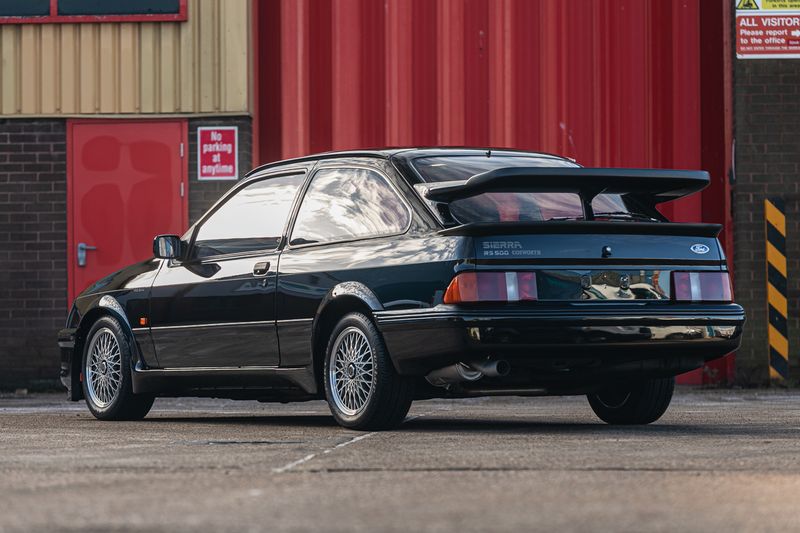
Now this is a proper winged warrior. Built to dominate touring car racing in Group A, the Ford Sierra RS500 Cosworth came with a massive, functional bi-plane rear wing in its race trim.
Even the road-going homologation version had a large, aggressive spoiler extension that looked race-ready from the factory.
The RS500 wasn’t just about go-fast parts—it had that boxy, upright ‘80s silhouette finished off with a serious aero statement. It didn’t just need that rear wing—it wore it like a championship crown.
5. 1970 AMC Javelin Trans-Am
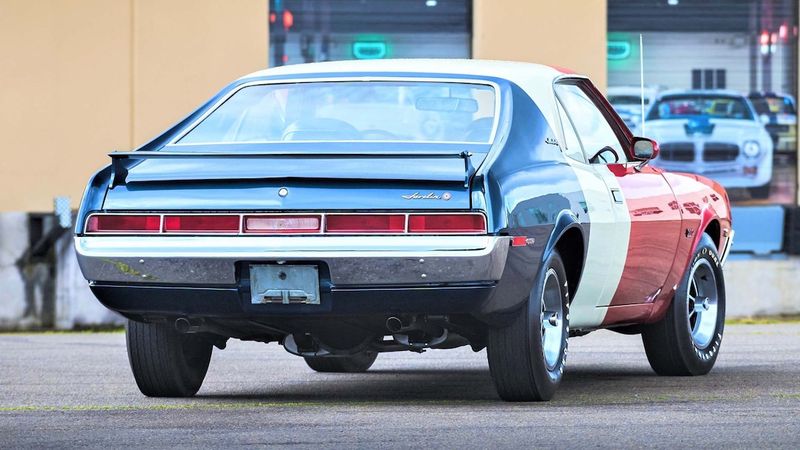
AMC entered Trans-Am racing with a chip on its shoulder and a wing on its back. The Javelin’s competition version featured aggressive aero that gave it both credibility and character.
Its tail wing wasn’t showboating—it was a tool to help this underdog bite back at Mustangs and Camaros.
The Javelin proved AMC could hang with the big boys, and its bold look helped it earn a devoted following among muscle car fans and road racing purists alike.
6. 1971 Dodge Charger Daytona NASCAR
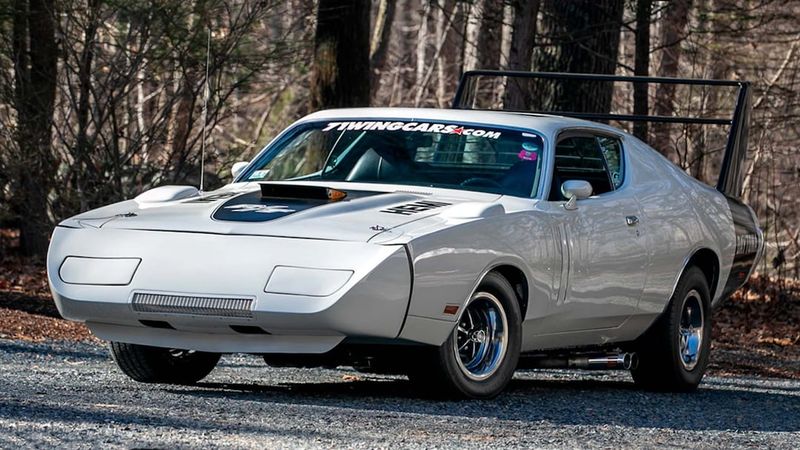
You thought the ’69 Daytona was wild? The 1971 NASCAR-spec Charger took that same “aero warrior” energy and went even more ballistic.
It was longer, louder, and just as obsessed with airflow. The rear wing looked like a diving board for eagles, and on the high banks of Daytona and Talladega, it worked.
It was a rolling protest against drag and a love letter to high-speed dominance. If subtlety was the enemy, this Charger was a hero in full armor.
7. 1966 Chaparral 2E
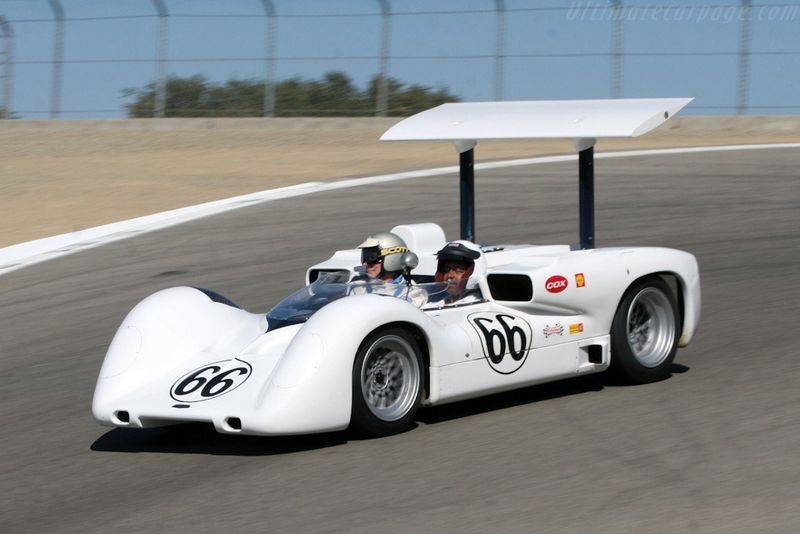
If there was one car that made wings a work of art, it was the Chaparral 2E.
This experimental racer didn’t just bolt a spoiler onto the body—it mounted a towering, hydraulically adjustable wing right over the rear axle.
Jim Hall’s innovation turned heads and corners, showing that downforce could be dialed in mid-race.
The 2E was far ahead of its time, shaping the future of racing aerodynamics before most teams even knew what “downforce” meant.
8. 1970 Ford Mustang Boss 302 (Trans-Am Spec)

The Boss 302 was already a legend on the street, but on the Trans-Am circuit, it was a different animal. Stripped, stiffened, and race-prepped, it wore an aluminum rear wing that made no apologies.
Designed for pure function, it helped the Mustang stick through corners and dominate against rivals like Camaro and Javelin.
This wasn’t Mustang-as-showpony—it was Mustang-as-fighter jet, and that wing? It was a statement: Ford wasn’t here to play games—they were here to win championships.
9. 1971 McLaren M8F
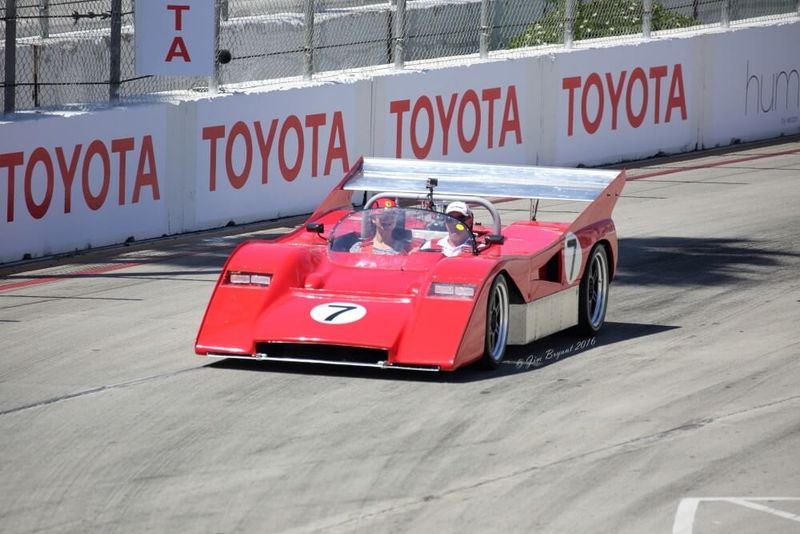
Built for Can-Am’s no-holds-barred racing, the McLaren M8F looked like a spaceship with tires—and its giant rear wing sealed the deal.
Sitting high and wide over the rear deck, the wing helped channel the absurd power of its big-block V8 into blistering corner speeds.
The M8F was the culmination of McLaren’s Can-Am dominance, and its monstrous aero setup made it as dramatic to watch as it was difficult to beat.
10. 1984 Audi Sport Quattro S1
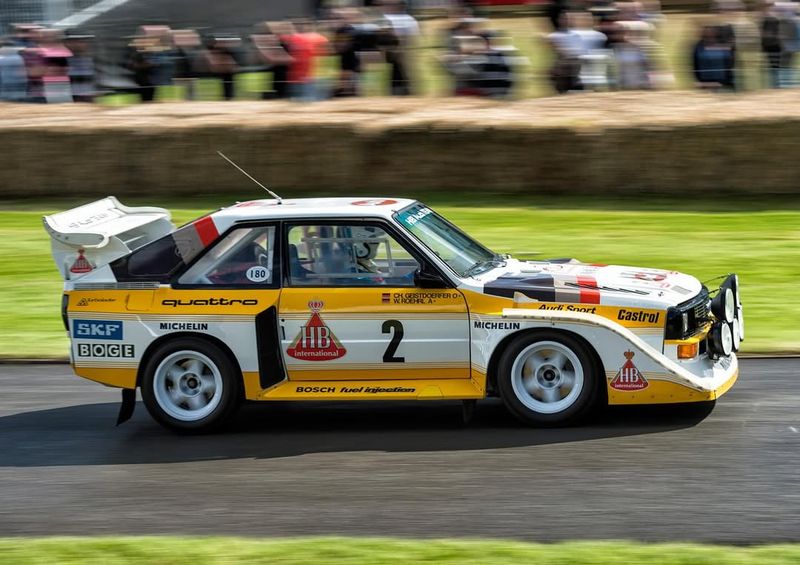
The Group B Audi Sport Quattro S1 wasn’t just one of the wildest rally cars ever—it also wore one of the most chaotic wings ever bolted to a production shell.
Designed to keep the rear planted under brutal acceleration and uneven terrain, the wing was part of a Frankenstein-like body kit that made the short-wheelbase S1 look more like a science experiment than a rally car.
The result? Rally legend, born of pure madness.
11. Toyota 7 (1968–1970)
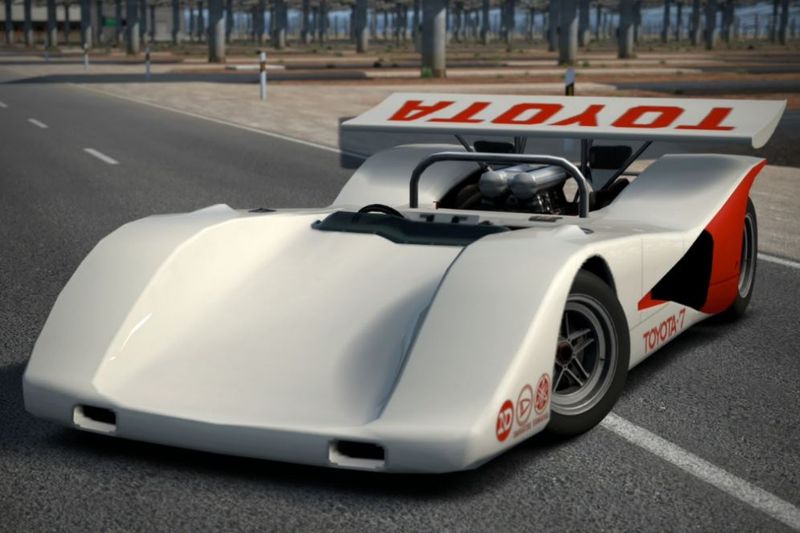
This wild Japanese prototype was Toyota’s entry into the Can-Am-style racing scene. The Toyota 7 featured massive bodywork and an absolutely enormous rear wing in its later turbocharged versions.
Designed for downforce on par with the wildest cars of its era, the high-mounted wing was fully functional—and seriously aggressive.
The 7’s design pushed Toyota’s engineering to the limit before the project was canceled after tragic accidents, but its radical aero legacy, including that towering rear spoiler, remains unforgettable in motorsport history.
12. 1986 Lancia Delta S4
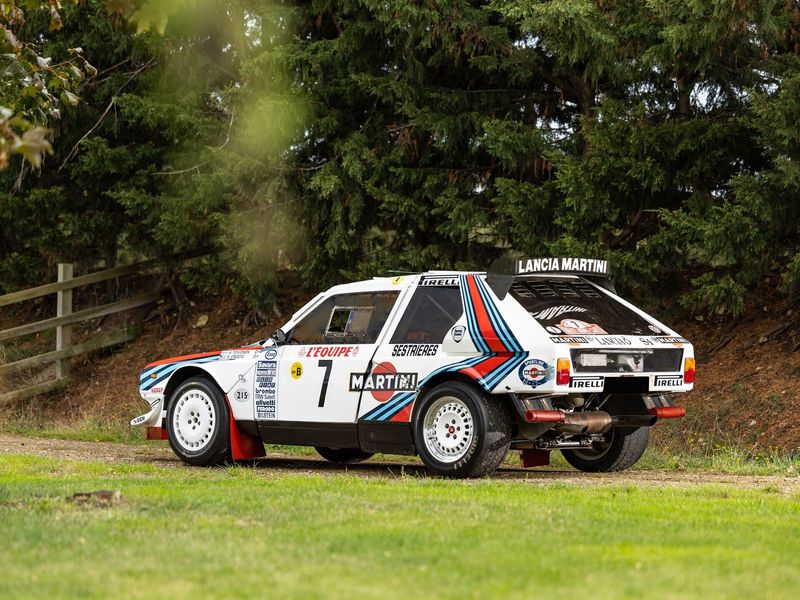
The Lancia Delta S4 looked like someone built a rally car with spare parts from a spaceship. Mid-engine, twin-charged, all-wheel-drive—and yes, a giant rear wing that looked like it belonged on a touring aircraft.
Group B didn’t play by normal rules, and the Delta S4 followed suit with a package that was as dangerous as it was glorious.
The rear wing was both a necessity and an icon—proof that insane performance demands insane aero. Nobody did “excessive” quite like Lancia.
13. 1969 Ferrari 512 S
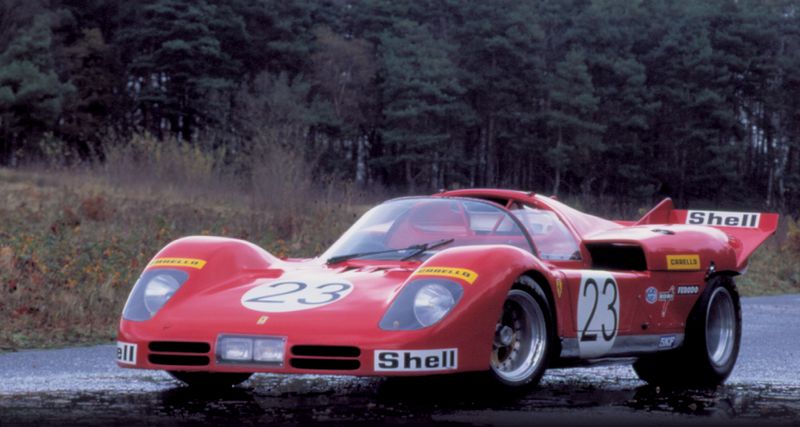
Ferrari’s 512 S was designed to take on the Porsche 917 at Le Mans, and its optional rear wing was more than just flair—it was a weapon.
With its flat-12 engine screaming behind the driver, the 512 S needed serious aerodynamic help at high speed.
The tall rear wing on some variants helped provide vital stability on the Mulsanne straight, adding both performance and aggression to one of Ferrari’s most striking endurance racers.
14. 1989 Mercedes-Benz 190E Evo II
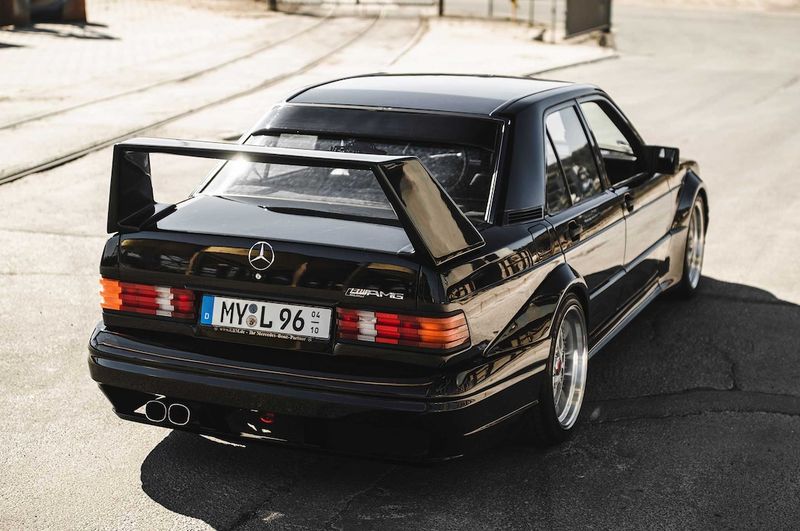
Who said German engineering can’t be flashy? The Evo II was Mercedes’ way of saying “yes, we can do race car for the road”—and that included a towering, adjustable rear wing bolted to the back of an otherwise boxy sedan.
It looked absurd. It also worked. Built to homologate the DTM race cars, the Evo II oozed aggression from every vent and angle.
The wing wasn’t just style—it was downforce. Function met form, and the result was unforgettable.
15. 1980 Porsche 935 K3
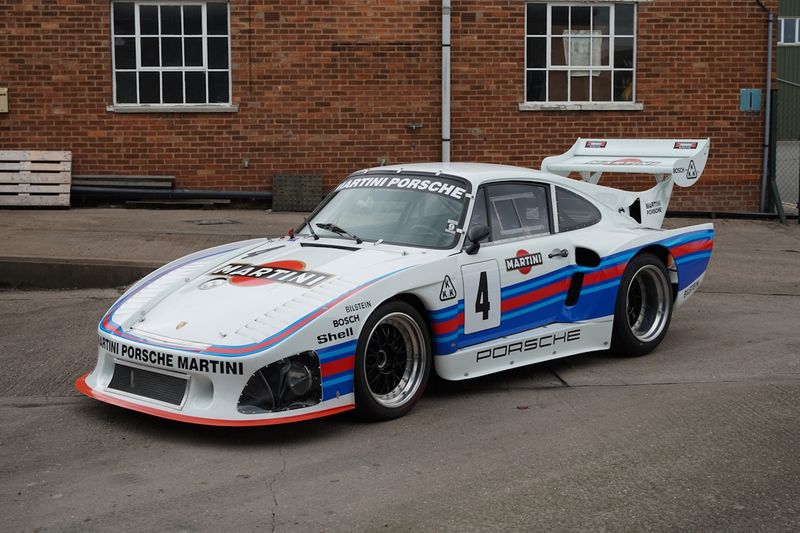
The Porsche 935 K3 didn’t just race—it vaporized expectations. Built by Kremer Racing, it took Porsche’s already brutal 935 and turned it into a turbocharged monster with a rear wing the size of a picnic table.
It was wide, wild, and completely unbothered by subtlety.
And it won Le Mans in 1979, the last time a production-based car took overall victory.
The wing wasn’t for looks—it was for slicing through the Mulsanne at terrifying speed. Racing history doesn’t get much cooler.
1976 Porsche 935 (Turbo)

In the world of racing, the 1976 Porsche 935 Turbo stands out with its audaciously large rear wing, a signature element of its design.
This German racing beast, known for its turbocharged power, was built to dominate the tracks.
The enormous spoiler was not just for show; it provided essential downforce, letting the car hug the track as it sped through corners. Picture the roar of the engine as it glided, almost floating, around hairpin bends.
